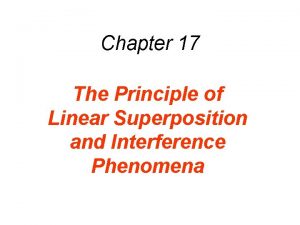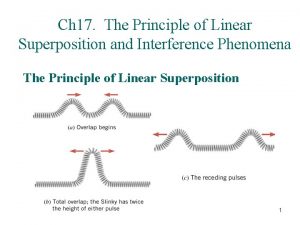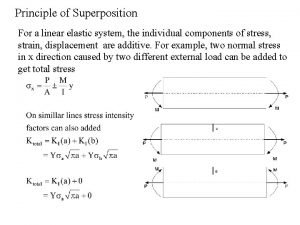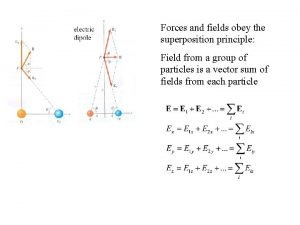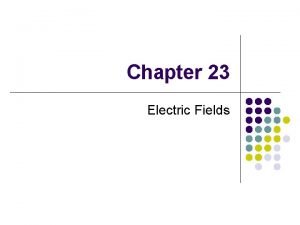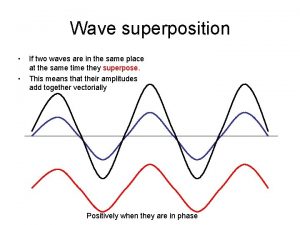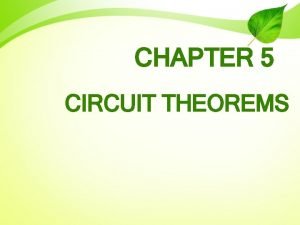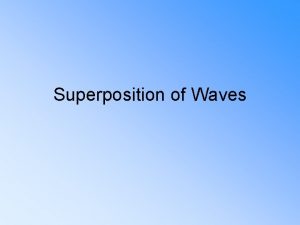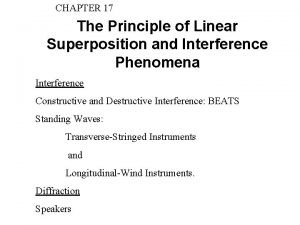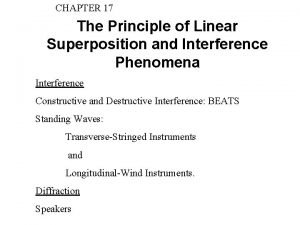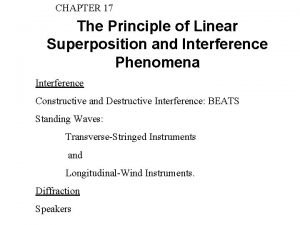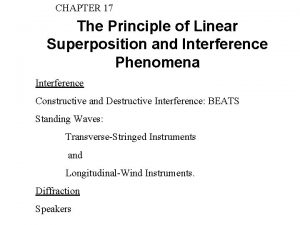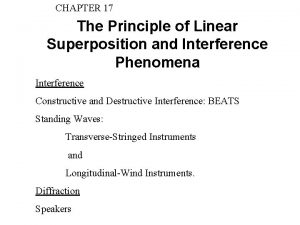CHAPTER 17 The Principle of Linear Superposition and









- Slides: 9

CHAPTER 17 The Principle of Linear Superposition and Interference Phenomena Interference Constructive and Destructive Interference: BEATS Standing Waves: Transverse-Stringed Instruments and Longitudinal-Wind Instruments. Diffraction Speakers

17. 6 Longitudinal Standing Waves Musical instruments in the wind family depend on longitudinal standing waves in producing sound. Since wind instruments (trumpet, flute, clarinet, pipe organ, etc. ) are modified tubes or columns of air, it is useful to examine the standing waves that can be set up in such tubes.

Open tube of air A pictorial representation of longitudinal standing waves on a Slinky (left side) and in a tube of air (right side) that is open at both ends (A, antinode; N, node).

Closed tube of air A pictorial representation of the longitudinal standing waves on a Slinky (left side) and in a tube of air (right side) that is open only at one end (A, antinode; N, node).

17. 7 Complex Sound Waves The sound wave corresponding to a note produced by a musical instrument or a singer is called a complex sound wave. It consists of a mixture of the fundamental and harmonic frequencies.

Fourier Synthesis http: //www. phy. ntnu. edu. tw/ntnujava/viewtopic. php? t=33

Spectrum Analyzer A microphone detects a complex sound wave, and a spectrum analyzer determines the amplitude and frequency of each harmonic present in the wave.

Problem 36 Sound enters the ear, travels through the auditory canal, and reaches the eardrum. The auditory canal is approximately a tube open at only one end. The other end is closed by the eardrum. A typical length for the auditory canal in an adult is about 2. 9 cm. The speed of sound is 343 m/s. What is the fundamental frequency of the canal? (Interestingly, the fundamental frequency is in the frequency range where human hearing is most sensitive. )

16. 11. The Sensitivity of the Human Ear
 Principle of linear superposition
Principle of linear superposition The principle of linear superposition
The principle of linear superposition Principle of superposition in stress and strain
Principle of superposition in stress and strain Superposition principle electric field
Superposition principle electric field Superposition principle electric field
Superposition principle electric field Principle of superposition waves
Principle of superposition waves What is the smallest lithostratigraphic rock unit?
What is the smallest lithostratigraphic rock unit? Principle of superposition
Principle of superposition Chegg
Chegg Source transformation technique
Source transformation technique
